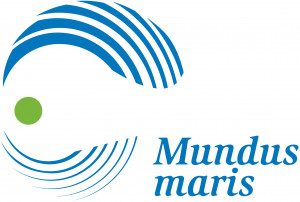Leopold (1822-1895) and Rudolf (1857-1939) Blaschka, father and son, are descendents of a long line of Bohemian glassworkers.
They created their thousands of glass models without the assistance of others and delivered to museums and universities all over the world. The Museum of Comparative Zoology collection of Blaschka Glass Invertebrates contains approximately 420 models of marine and terrestrial invertebrates, including sea anemones, jelly fish, octopus, sea cucumbers, marine worms and land snails.
They later moved on to create models of plants, never to return to animal models. Their work culminated in the Ware Collection of Glass Plants at the Harvard Museum of Natural History, completed by Rudolf Blaschka in the 1930s.
Having been almost forgotten or broken in the bowels of big museums, their magnificent work is now luckily experiencing a revival in several places.
Their life and work is showcased in an attractive on-line exhibition by Cornell University, Itaha, NY, focused on their glass models of marine invertebrates entitled ‘Out of the teaming sea’. Although most of the university’s 570 models are stored at the Corning Museum of Glass (Corning, N.Y.) for safekeeping, Cornell offers two exhibits on campus open to the public. The Blaschka octopus above is from Cornell’s collection.


The National Museum of Wales holds a collection of the Blaschkas glass models shown in an exhibition entitled ‘Sea creatures of the deep’. The Portuguese man-of-war, Physalia arethusa, shown here to the right, is approximately 55 mm wide and 90 mm long and among the highlights of the collection in Cardiff.
A particularly stunning model of a radiolarian produced by the Blaschkas between 1886 and 1889 is on show on the website of the Natural History Museum, London. Radiolarians are small, one-celled drifting (nektonic) plankton with silica-based “skeletons” called tests. The true size of the model is 15 x 17 cm but radiolarians are really microscopic, about 0.035 µm by 0.06 µm. The specimen on show is Dorataspis diodon Haeckel,1862.
More about the Blaschkas and their glass models produced in their Dresden workshop is presented by the Natural History Museum, London.
Additional sources on Blaschka’s marine invertebrates have been compiled by William Warmus.
